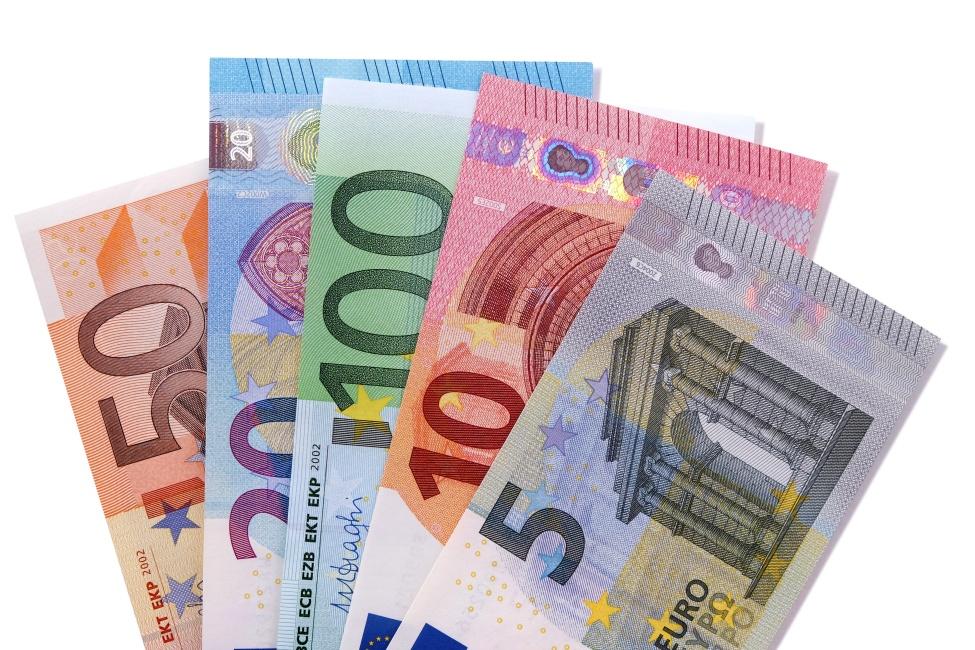It often happens that a client will declare they have a supplier that applies lower prices. ‘Price’ is the most popular issue among clients: in the list of objections, the price is always at the top.
When facing the price problem, it is best to start with a positive attitude. An Italian proverb says: “Chi disprezza compera” (He who deprecates is actually interested in buying), which is to say that the potential client wants that product. He or she has started a negotiation by deprecating the product because he/she wants to pay less.
In other cases, the price is used as a pretext to say NO, but the reason for that NO is to be found elsewhere and the salesperson must pay very close attention in order to understand what the real cause of refusal is.
How to address the ‘price’ problem
The salesperson should not deny that the price is too high, and in fact must:
- answer by highlighting the quality of the product, the quality of the service;
- try to understand which other window is being used for comparison.

The salesperson must be the first to believe in the value of the product he/she is selling and must reject from his/her mind the idea that there are other equally good products simply based on the same frame width, for instance.
The high price issue applies to every single manufacturer, including those who make cars. In order to understand the wide gap in price there can be between one car and another, all of us car drivers use brand, model and versions. These additional data help us understand the different value of each single model which then justifies prices that can vary greatly even.
Re-read your quotations and ask yourselves whether they contain and thoroughly illustrate all of the characteristics that come together to build the value of your doors and windows. Is the additional difference offered by your product clear enough?
All quotations contain window frame thickness, the kind of wood used and the type of glaze installed, for instance. These are three basic elements of differentiation, but they are not enough to illustrate the value of a window and therefore they don’t make the higher price understandable.
Discussing the value of the window
There are several elements of the window that at first glance seem to be the same, but that only time will tell if they are. The paint finishes that seem to be all the same when the windows are new actually can differ in quality, in the number of coats applied, in the skill of the paint applier, and so on.
The comparison must be made with products that are the same (an apple with an apple, and not an apple with a pear). Products that are the same in terms of production type and quality can have different prices. In this case, as consumers, we are willing to pay more for the more notorious product.

If your window is not especially renowned, this could justify the indirect request for a lower price. This applies only if the comparison is made with a more renowned and acclaimed window that is similar in terms of thickness, wood type and other features.
The salesperson can ask: “Please, help me understand why you think our price is higher”. This question is useful because it makes the client talk and helps you understand the real reasons for a NO that the client justifies by saying the price is too high.
Following is a possible sales pitch with a client who is undecided because the value of the window being offered is not yet clear to him/her.
Client: “Your window is expensive!”
Salesperson: “Help me understand. What do you mean when you say our window is expensive?”
Client: “Others have offered me the same kind of window but for less.”
Salesperson: “Thank you, because you have given me the chance to illustrate the value of our window. In your opinion, when is it that a window can be defined as a good window? When does a window justify its price?”.
Followed by a moment of silence.

If the client doesn’t answer, the salesperson can continue: “Like any other product, a window has a good value when it lasts a long time and ‘works’ well. A market survey has shown that the features buyers seek in a window are resistance/duration, functionality, safety and beauty. All of these features are found in the windows of our company”.
The salesperson looks at the client, as if to invite him/her to speak and express an opinion.
If the client hesitates, the salesperson can continue by asking him/her:
“In particular, Mr. Smith, what do you want a window to do for your home?”
The development of the rest of the argumentation depends on the client’s answers. Let’s suppose that the client is interested in:
Functionality and safety. In this case, the salesperson invites the client (the discussion is occurring inside the showroom) to open and close the window; he/she invites the client to focus their attention on the strikers and on the mushroom-shaped latches that increase the window’s safety.
The salesperson then continues: “The brand of our hardware is XXX, a leading company. The hardware is tested to severe standards”. The salesperson might add, further on, that the hinges are easy to adjust and can therefore correct the natural ‘settling’ of the window during its life cycle;
Saving and quality of life. The salesperson can say: “For our windows we use low-emission (or something else) glass panels that are highly heat-insulating. This translates into very good savings over the year with a house that stays warm in winter and fresh in the summer. These savings are repeated every year”.

After finding out that the client’s house is close to sources of noise (intense traffic, railway tracks, public establishments), the salesperson could add: “You will be able to enjoy your favourite music without interfering noise and your son will be able to concentrate on his homework without distractions because our windows offer XX dB of noise insulation. This also means you will sleep better because they dampen the noise”.
Once the salesperson has made his/her sales pitch, he/she must wait for the client’s comments, and then conclude: “Ours is truly a window of high value and its price becomes small when you consider the benefits that it offers and the savings you will enjoy every year”.
Do not exaggerate with the arguments in favour, so as not to overwhelm the client with the benefits to the point where they can’t remember what they were truly interested in.





